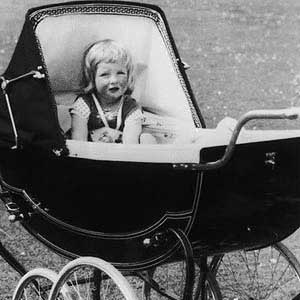After the divorce, Diana retained her double apartment on the north side of Kensington Palace, which she had shared with Prince Charles since the first year of their marriage, and it remained her home until her death.
Diana dated the respected heart surgeon Hasnat Khan, from Jhelum, Pakistan, who was called "the love of her life" after her death by many of her closest friends,for almost two years, before Khan ended the relationship.Khan was intensely private and the relationship was conducted in secrecy, with Diana lying to members of the press who questioned her about it. Khan was from a traditional Pakistani family who expected him to marry from a related Muslim clan, and their differences, which were not just religious, became too much for Khan. According to Khan's testimonial at the inquest for her death, it was Diana herself, not Khan, who ended their relationship in a late-night meeting in Hyde Park, which adjoins the grounds of Kensington Palace, in June 1997.
Within a month Diana had begun dating Dodi Al-Fayed, son of her host that summer, Mohamed Al-Fayed. Diana had considered taking her sons that summer on a holiday to the Hamptons on Long Island, New York, but security officials had prevented it. After deciding against a trip to Thailand, she accepted Fayed's invitation to join his family in the south of France, where his compound and large security detail would not cause concern to the Royal Protection squad. Mohamed Al-Fayed bought a multi-million pound yacht on which to entertain the princess and her sons.
Landmines
In January 1997, pictures of the Princess touring an Angolan minefield in a ballistic helmet and flak jacket were seen worldwide. It was during this campaign that some accused the Princess of meddling in politics and declared her a 'loose cannon. In August 1997, just days before her death, she visited Bosnia with Jerry White and Ken Rutherford of the Landmine Survivors Network.Her interest in landmines was focused on the injuries they create, often to children, long after a conflict is over.
She is believed to have influenced the signing, though only after her death, of the Ottawa Treaty, which created an international ban on the use of anti-personnel landmines.Introducing the Second Reading of the Landmines Bill 1998 to the British House of Commons, the Foreign Secretary, Robin Cook, paid tribute to Diana's work on landmines: All Honourable Members will be aware from their postbags of the immense contribution made by Diana, Princess of Wales to bringing home to many of our constituents the human costs of landmines. The best way in which to record our appreciation of her work, and the work of NGOs that have campaigned against landmines, is to pass the Bill, and to pave the way towards a global ban on landmines.
The United Nations appealed to the nations which produced and stockpiled the largest numbers of landmines (United States, China, India, North Korea, Pakistan, and Russia) to sign the Ottawa Treaty forbidding their production and use, for which Diana had campaigned. Carol Bellamy, Executive Director of the United Nations Children's Fund (UNICEF), said that landmines remained "a deadly attraction for children, whose innate curiosity and need for play often lure them directly into harm's way".








































